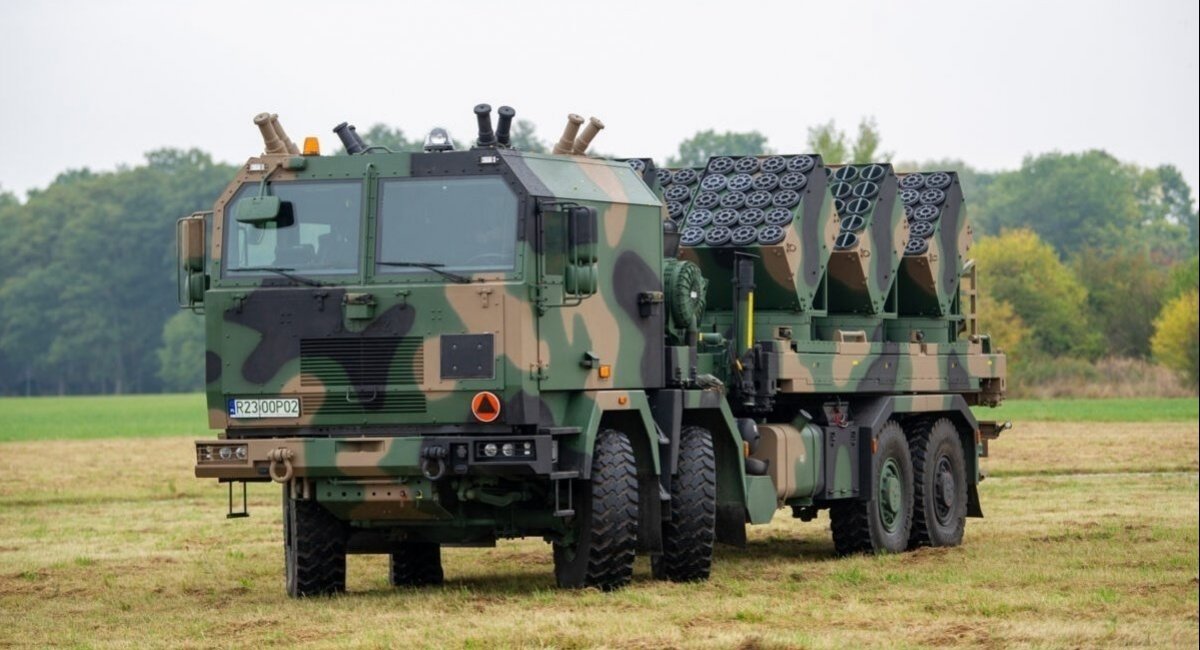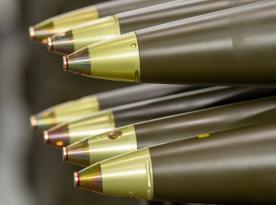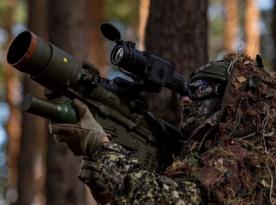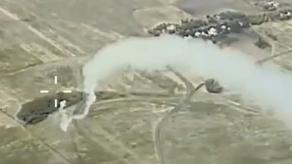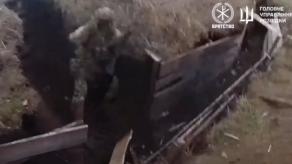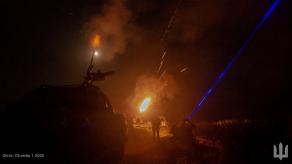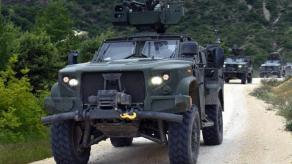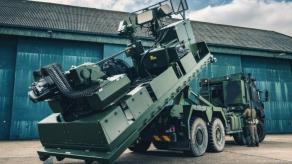Poland, together with Lithuania, Latvia and Estonia, have declared their plans to withdrew from the Ottawa Treaty, the participants of which are prohibited from using anti-personnel mines as a type of weapon. They made the decision due to the military threat from their neighbour russia. However, in this case, the adoption of a corresponding political decision is only the first step, because then Poland, as well as the Baltic nations, need to physically accumulate an appropriate stock of mines.
The fact is that official Warsaw became a party to the Ottawa Treaty in 2012, after the russian federation's war against Georgia and the Kremlin's withdrawal from the Treaty on Conventional Armed Forces in Europe (CFE), and since then the relevant industrial capacities that Poland had have been lost.
Read more: Cutting-Edge Camouflage: Ukraine’s New Anti-Thermal Suits Redefine Battlefield Tactics (Video)
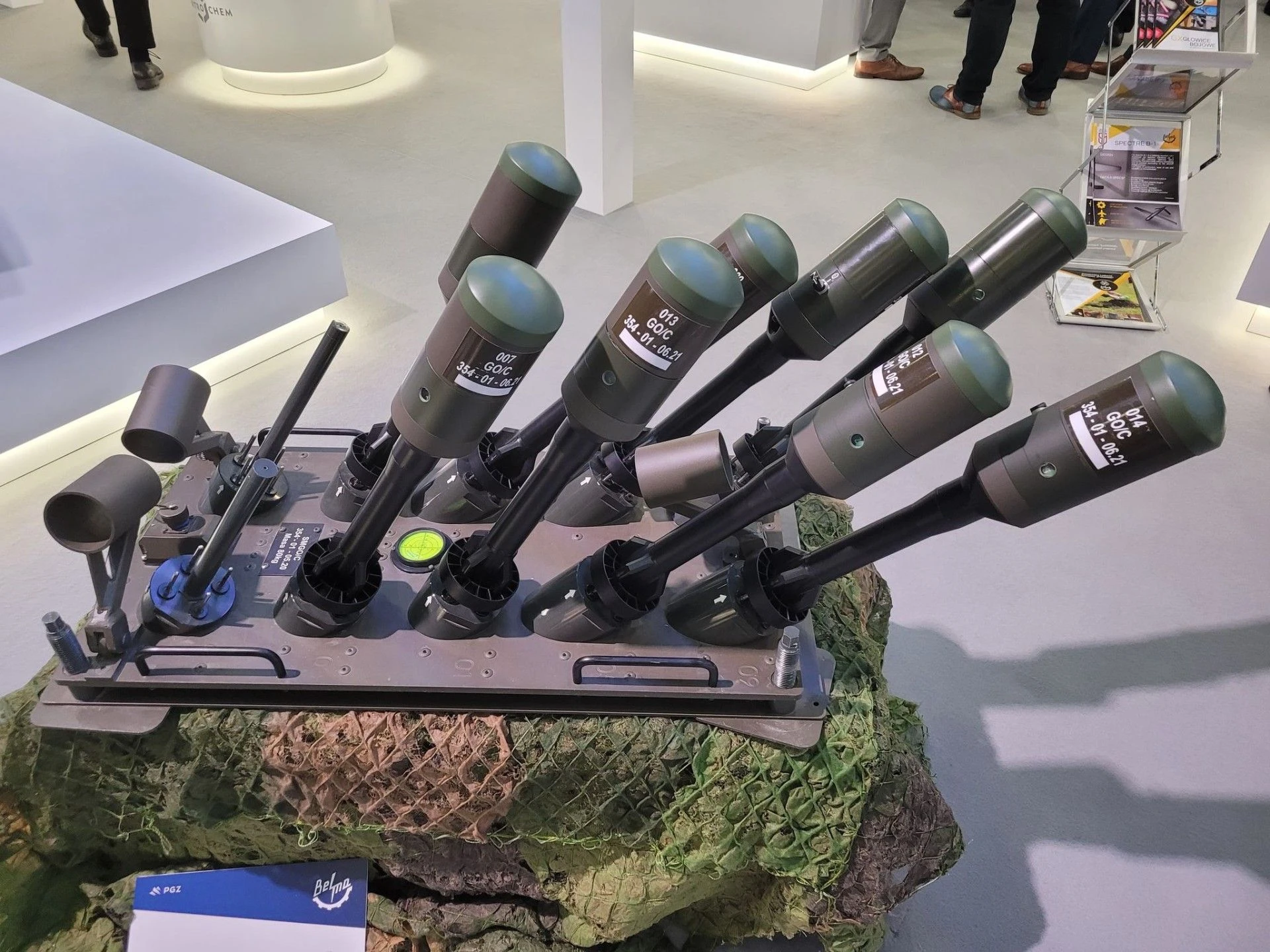
As the Polish portal Defence24 writes in its publication, the mere fact of Poland's withdrawal from the Ottawa Treaty does not mean a rejection of the norms of humanitarian law when using anti-personnel mines. However, in fairness, it should be noted that before the entry into force of this Treaty, all NATO countries used as directional as well as non-directional anti-personnel mines - bounding, stake and blast Ones.
Therefore, as the authors of Defence24 argue, Poland should stock up on both "simple" non-directional anti-personnel mines as well as "smart" mines, equipped with, in particular, self-destruction devices. Given the active use of infantry by russia in the war against Ukraine and the Kremlin's plans to increase the number of armed forces to at least 1.5 million servicemen, anti-personnel mines as a type of weapon are becoming particularly relevant.
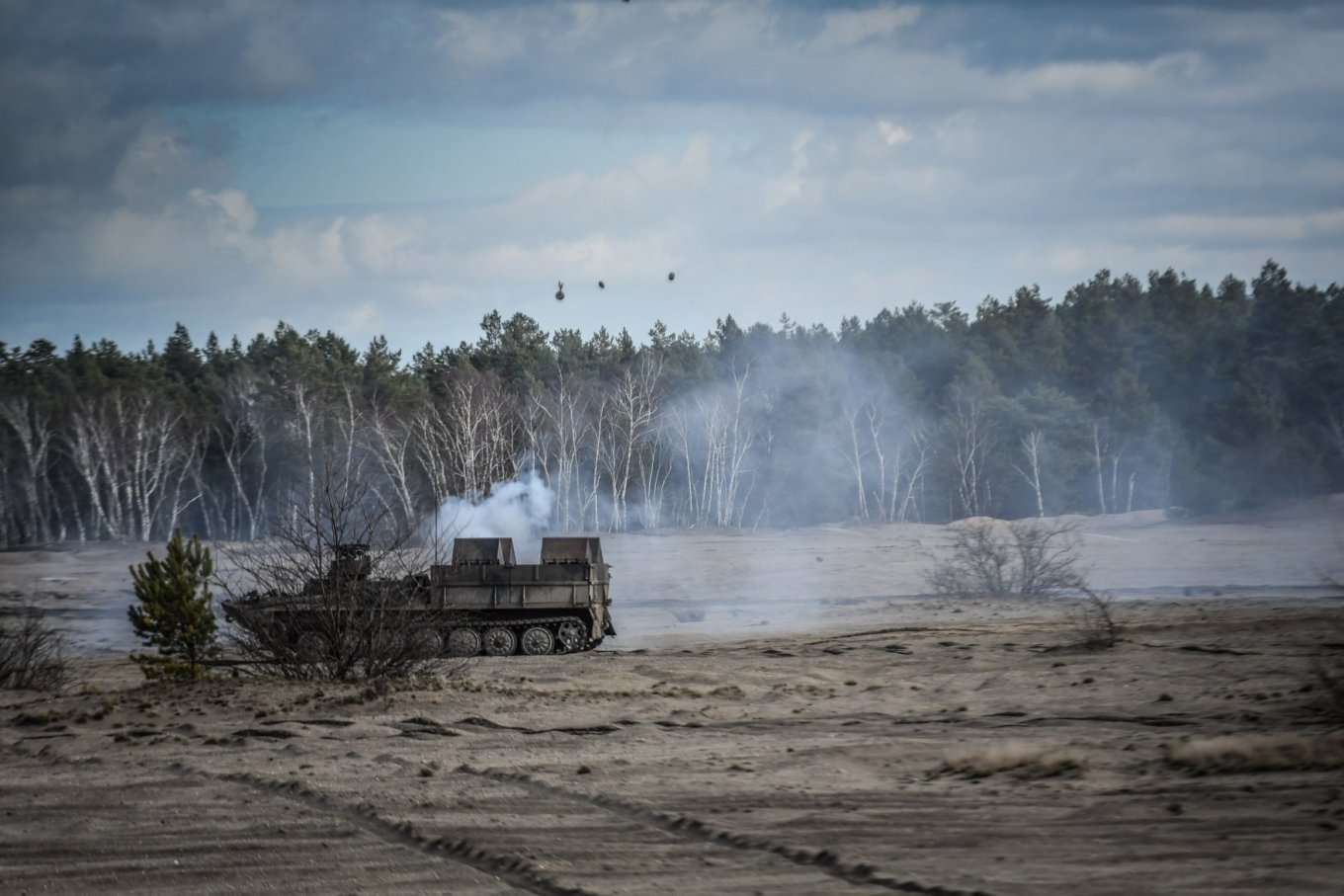
However, if we talk about the practical part, then here the authors of Defence24 emphasize that "Polish industry is already working on anti-personnel mines that would comply with the norms of humanitarian law". They also write, that "such work should be implemented in the shortest possible time", as well as that, if possible, appropriate cluster shells for rocket and barrel artillery for anti-personnel submunitions should be requested from the USA and South Korea as the main partners of Poland in rearmament.
Defence24 also noted that supposedly in Soviet times a significant number and range of anti-personnel mines were manufactured in Ukraine, so they say that in the event of a "ceasefire regime" (or similar forms of "political settlement"), Poland should request anti-personnel mines from Ukraine.
As Defense Express reported earlier, Ukraine Received Antipersonnel Land Mines With the ADAM Projectiles to Stop russia’s Meat Assaults. We also wrote, that Ukraine Got 10,000 Urgently Needed RAAM Artillery Rounds in the New U.S. Aid Package.
Read more: Ukrainian Forces Strike Rare russian GMZ-3 Minelayer Near Kupiansk (Video)




